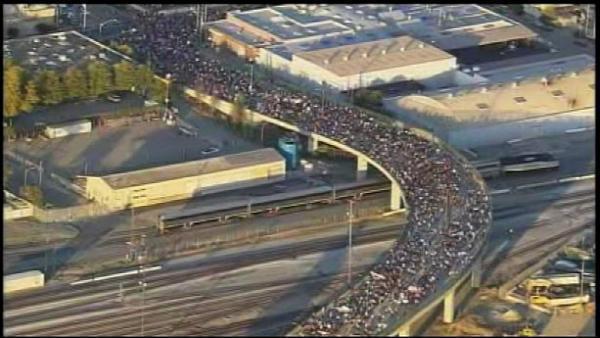The past couple weeks have been my first in Cairo since the January 25th revolution. As soon as I arrived I was eager to identify tangible changes in a city I used to know more than any other. (Of course, not all changes are tangible.) So what follows is a list, in no way intended to serve as substantial political analysis, of just that. It is a list based completely on my own observations and some anecdotal evidence, but if you know me then you know where I’m coming from, and this list might help you to understand Egypt how I see it, as well as Egypt as it is, a tiny bit better.
1. Election posters.

The very fist thing that was obviously different to me, that I noticed on my first walk outside my parents’ apartment in Zamalek, were these election posters pasted over walls everywhere. Since this is a country that had not had “real” elections in decades, posters like these are completely out of place to me. Before, if anyone’s face graced public spaces, it was Mubarak’s. Though when I visited exactly two years ago, we also spotted a couple posters of Gamal Mubarak, the President’s son, who was repeatedly described in the foreign press as being “groomed” to replace the sickly Hosni. I remember the ominous feeling that gave me, the prospect of this cruel dictatorship continuing as before with a newer, younger face, a prospect that pleased no Egyptian that I knew.
This time around, I’ve seen Mubarak’s face I believe a total of three times, and in no positive context–primarily in graffiti critical of his regime. Today, it is faces of anonymous Egyptian citizens-women included–that cover the walls of the city.








